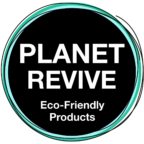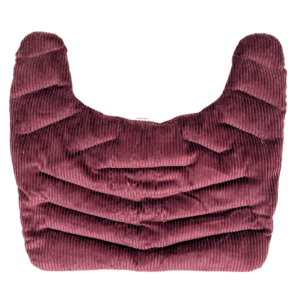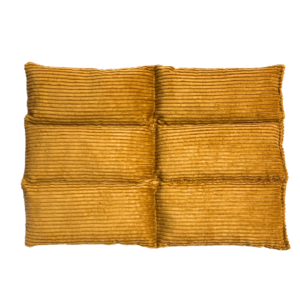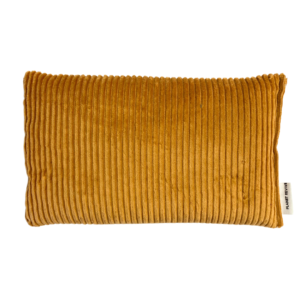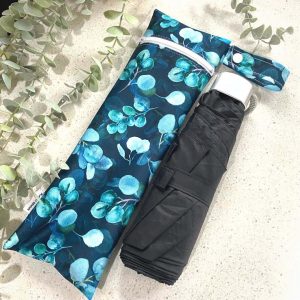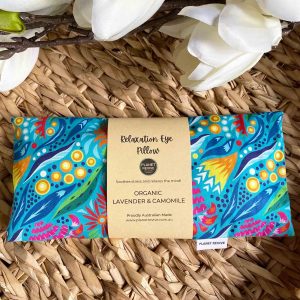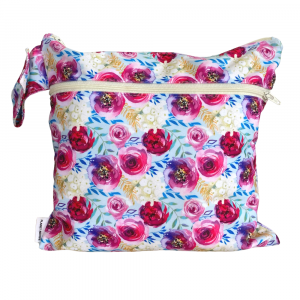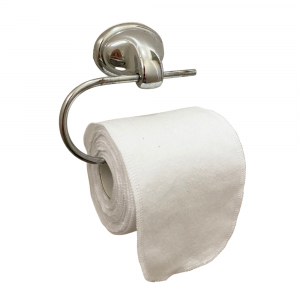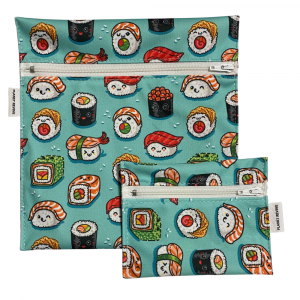Making The Switch To Reusable Sanitary Pads
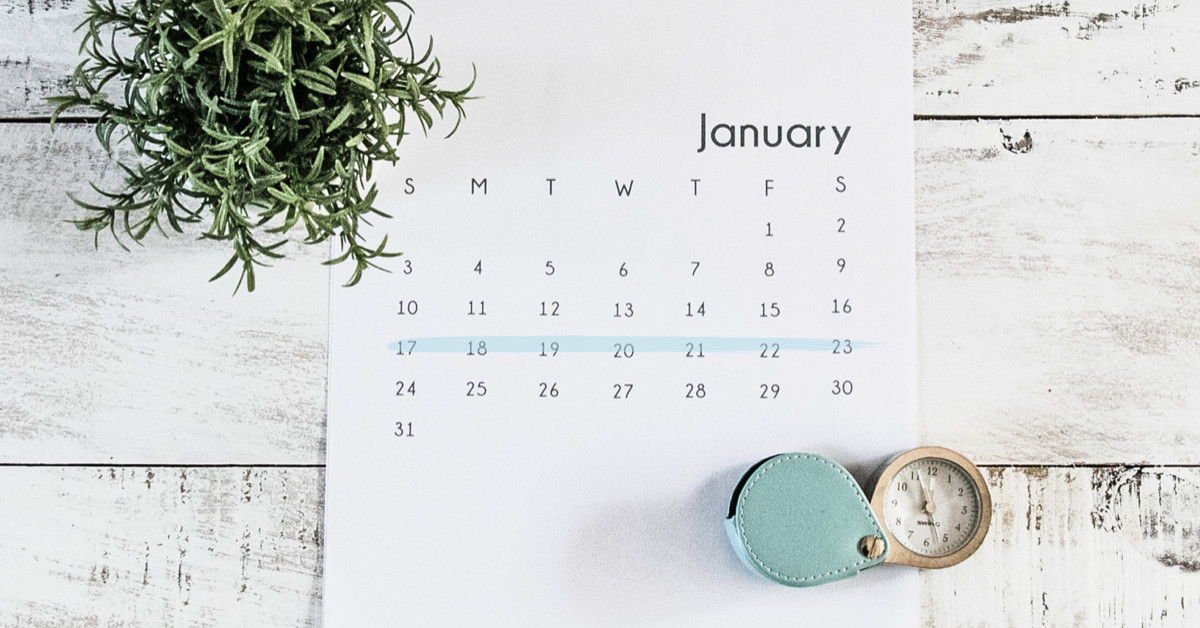
Have you ever pondered the great and mighty number of menstrual pads that are used across the world?
Well, I can tell you: it is a lot!
The average woman menstruates for around 34 years and a regular menstrual cycle is 28 days. Multiple that by the number of pads you use each day and you'll realise that just one woman can use around 11,000 disposable menstrual products in her lifetime. Wow!
It was only in my thirties I started thinking about how much waste is produced by periods, mainly because so many young women were conditioned to think that disposable pads or tampons were the only hygienic way to manage menstruation.
If you consider that pretty much all disposable tampons, pads and panty liners contain plastic (not to mention their packaging!) it's little wonder that more than 200,000 tonnes of menstrual waste ends up in landfill, oceans and rivers every single year.
Making the switch
Fortunately, Eco Friendly Reusable Sanitary Pads are now more popular than ever and very affordable although they are not as easy to come by as disposable products.
If you've been considering making the switch from disposables to sustainable alternatives this is a great place to start. Think about how many trees we could save if we switched to reusable sanitary pads. There would be much less landfill and much more Earth for our future generations!
But how do you get started and what do you (or your daughters) need to consider when choosing reusable menstrual pads? Here we cover the basics!
Purchasing
Planet Revive's menstrual pads are eco-friendly and fully reusable. Made in Australia from high quality materials, our pads are super absorbent and comfortable.
Buying products from Planet Revive couldn’t be easier. Our SHOP page makes it simple to add products to your cart and we ship to anywhere in Australia. Figure out how many you’ll need (check out our handy guide, if you’re unsure) and order online. Read on for details of how to care for your pads.
Washing & Care
One of the most daunting things about starting with reusable products (ESPECIALLY menstrual pads) is "How on Earth do I wash these things?" For obvious reasons, you’ll need to clean them properly between uses but once you get into a regular routine it will come as second nature. Here’s how to keep your reusables clean!
1. Wash before first use
This is the first (and most important step). Simply pop them in with your regular wash and you’re good to go.
2. Line dry
For best results, let your pads dry in the sun. Avoid using a dryer if possible because this can damage the waterproof layer, making the pad less effective.They will take longer than your other items to dry because they contain multiple absorbent layers. If you’re short on room, try using a drying strap and snap multiple pads together to dry.
3. Avoid harsh chemicals
Don’t use fabric softeners (they can make the core less absorbent) or bleach. This will ruin the gorgeous colourful fabric! You don’t want to do that!
4. Rinse after use
The first thing to do after you have used each pad is to rinse them in COLD water. Keep rinsing until the water is clear. Or during water restrictions soak overnight in cold water.
5. Don't stress about stains!
Some staining is normal. But if there are stubborn stains try rubbing bi-carb soda mixed with some water to create a paste. Chemical cleaners are not recommended but if you do use them, ensure that you thoroughly rinse out all chemical residue. The last thing you want in your lower region is a chemical irritation!
Using our products properly will give you many years of use. Great for saving money AND the planet! If, however, your pads seem to be losing normal absorbency or you start to notice any green (mould) spots, it’s likely time to replace them.
That’s it! Making the switch to reusable, eco-friendly pads is really that simple. Check out or range below and let us know what you think.
